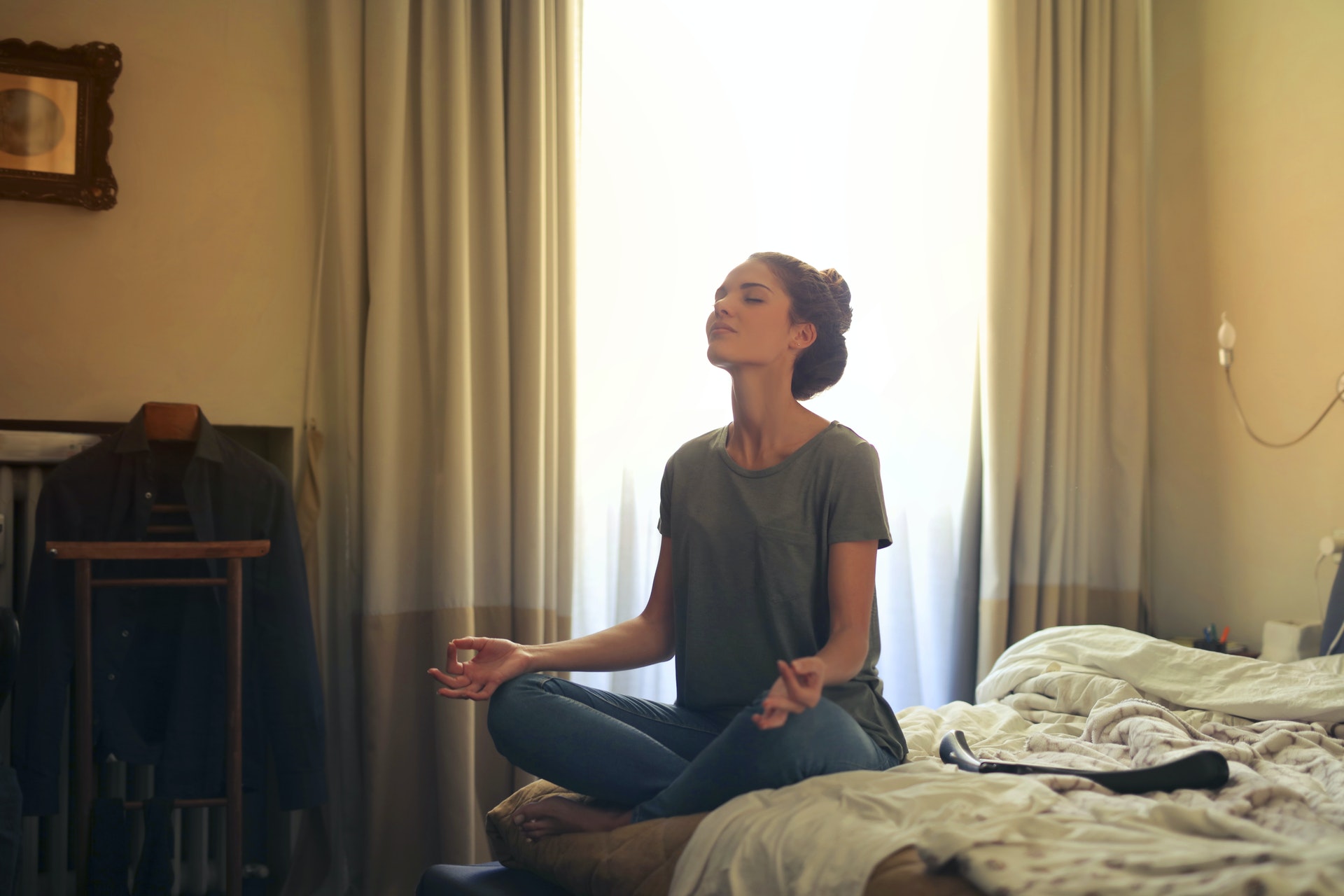
As you grow older and get busier at work, you will begin to experience physical changes which may not always bring any benefits with it. The worst of these are the lower backaches and muscle pains. Unlike other ailments, lower back pains can be symptoms of a certain condition despite feeling like it may be the condition itself. It is unpredictable, and it can come and go depending on how you moved, sat, or slept the night before. Even lifting something light can trigger a string of aching feelings around your lower spine.
When left untreated, backaches will only get worse over time, and it might even render you physically unable to perform basic locomotor functions.
Considering Surgery?
Living with painful body aches could make you consider undergoing invasive procedures to arrest the discomfort you are experiencing. While there is nothing wrong with surgical procedures in general, there are still several ways to treat intermittent back pain. Invasive treatments should be regarded as a last resort.
According to the world-famous peer-reviewed medical journal, The Lancet, surgery is not the only means of treating musculoskeletal aches and pains, and even as an option, it does not always arrest the main cause of the problem. Depending on the patients’ situation, sometimes surgery may not even be ideal. Some surgical procedures intended to treat backaches are also complex and therefore, risky. If you are beyond the ideal age, or if your condition is too complex to perform on, you may not qualify for surgery, as well.
But as the Lancet suggests, there are plenty of other ways to ease the discomforts that come with backaches and even eliminate it entirely.
Use Swimming as a New Physical Exercise and Treatment
A recent study conducted by clinicians from A. Vogel suggests that swimming is one of those fun and common activities you can turn into a new physical exercise and treatment routine for your aching back. The benefits come from the body movement you may need to perform when swimming. Swimming is one of those exercises that closely resembles playing-- you need to move all of your muscles at varying times. When you swim, you tend to utilize most, if not all, of your body’s muscle groups as well as maximize the use of your lungs, spleen, and cardiovascular system.
Swimming and various water exercises are just not therapeutic for folks with aching backs. Those suffering from various disabilities and ailments can also benefit from swimming.
Move More
Basically, constant and consistent movement done in a safe and healthy manner is the solution to most body aches and pains. If you are of middle age and a working professional, you may be encountering lower back pains because your work straps you for hours upon hours to your seat. Break free from the chains of excessive sitting by switching up your work positions and changing your lifestyle.
In the workplace, the science that aims to protect workers from repetitive stress injuries and workplace injuries is called ergonomics. Sit-and-stand desks, fully-cushioned seats, and more are just a few pieces of furniture that are often infused with ergonomic designs so they can help promote better posture and body positioning while you work.
Ergonomics also aims to make certain positions safer and healthier to perform. For example, excessive standing can be just as unhealthy as excessive sitting, but to cushion your joints from the pressures of standing, slanted standing mats offer a certain level of protection and relief.
Ergonomic equipment, however, only offers one half of the relief. For better results, couple your alternating work positions (from sitting to standing) with a healthy diet and a clean environment. These can lift up your mood, make your work better, and minimize the effects of stress, which can translate to physical ailments.
Minimize Painkiller or Opioid Dependence
Many sufferers of musculoskeletal discomforts often turn to painkillers or opioids to ease the painful sensations they may experience with lower back issues. While painkillers can help in cushioning what may be almost paralyzing bouts of pain, they only offer temporary relief and do not offer absolute treatment.
Always bear in mind that painkillers do not offer any cure or treatment, and numbing the pain does not mean eliminating it. If you want long-term relief, visit a medical professional first and explain your situation.
Consult with a Physical Therapist or a General Practitioner
Symptoms relating to back pains and their causes may vary depending on your medical history, lifestyle, accidents, and genetics, so if increasing your physical activity and taking on new exercises do not offer any relief, consult with medical professionals for solutions that may best fit your situation.
Factors that medical professionals use to gauge the best form of treatment for you will include your age, medical history, daily routines or lifestyles, and exposure to triggers of lower backaches and pains. Don’t be surprised if they prescribe non-invasive procedures first, because when it comes to musculoskeletal issues, a consistent movement has always been the most common and preferred solution.





